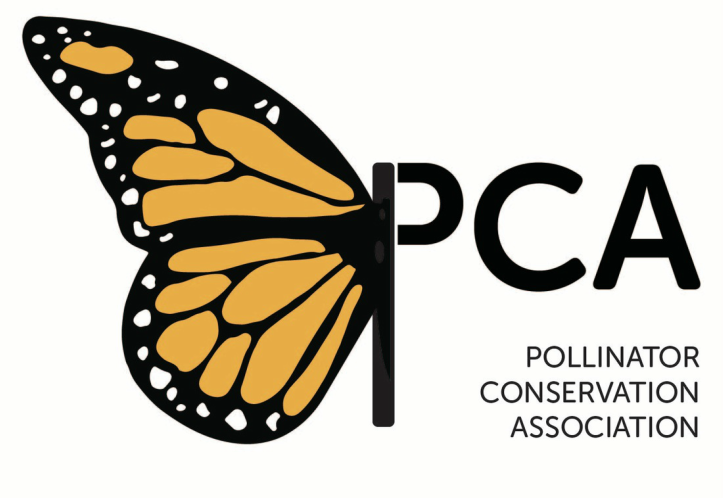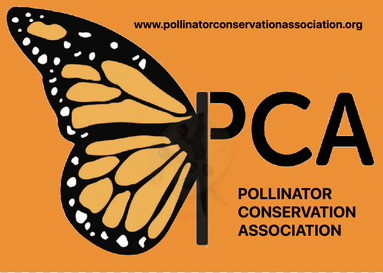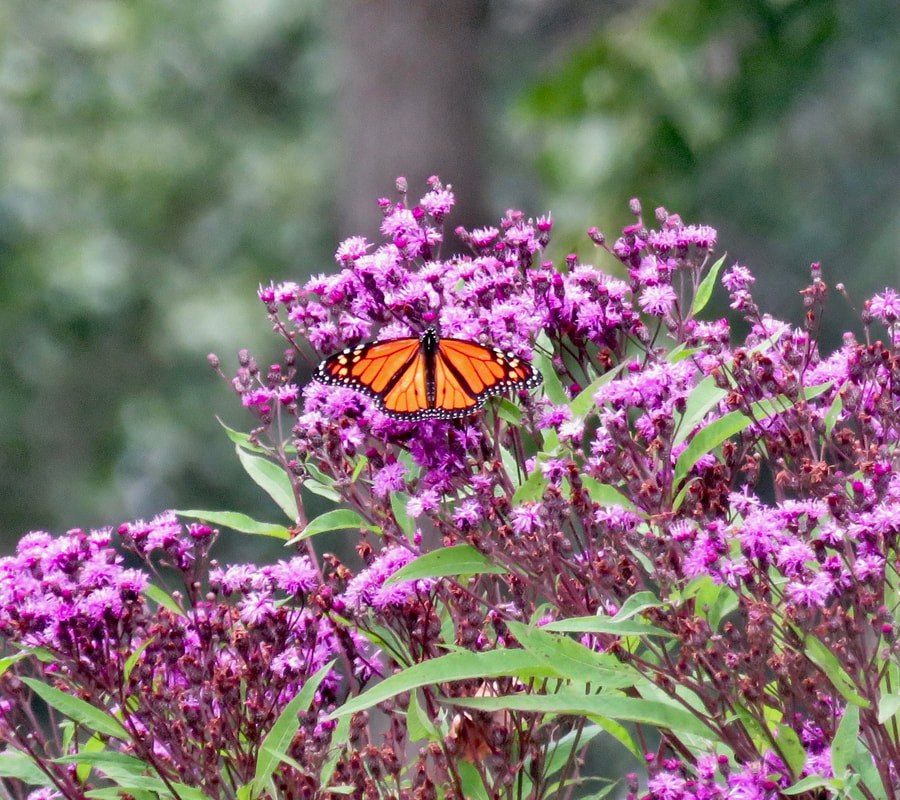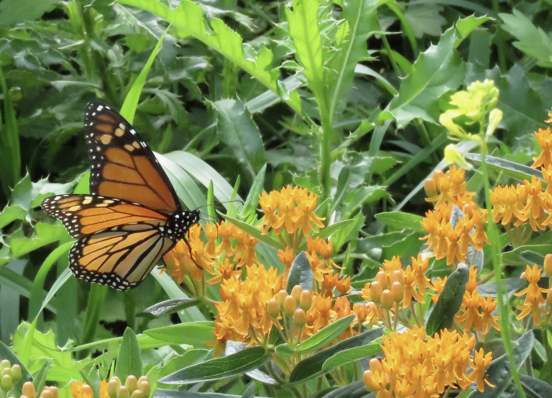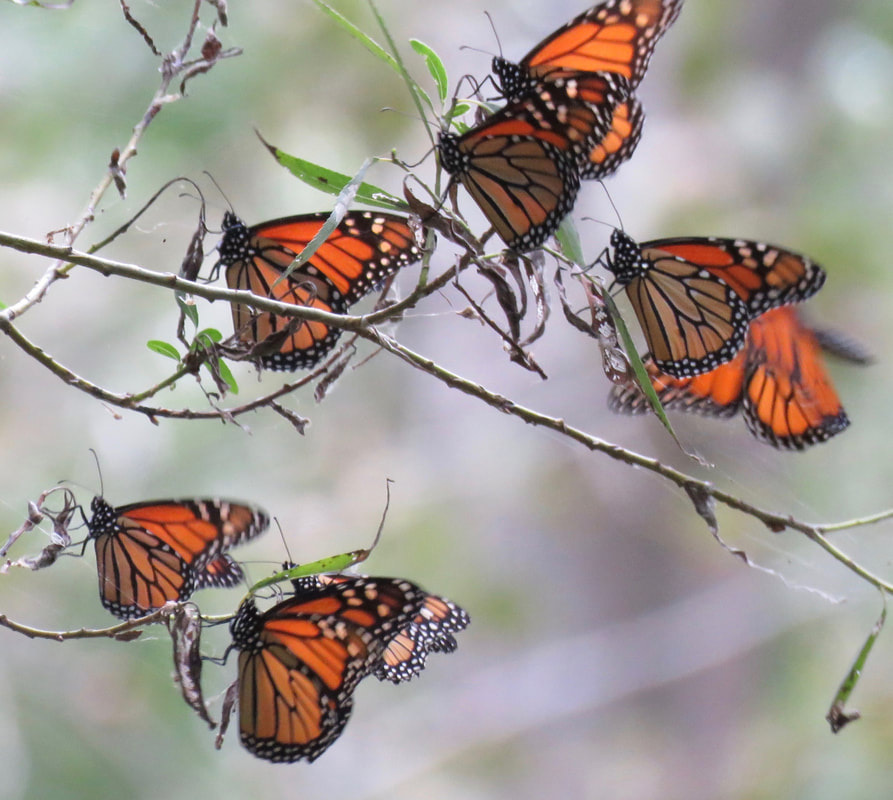Press Release: Statement on the United States Fish and Wildlife Services Decision to Decline Endangered Species Protection for the Monarch Butterfly (Danaus plexxipus)
For Immediate Release
December 16, 2020
Contact: Jay Burney, Special Projects Director
Email: Greenwatch100@gmail
Yesterday, in its final days in office, the Trump Administration and its leadership in the United States Fish and Wildlife Service (USFWS), declined to add the Monarch Butterfly to the Endangered Species List. This is after a multi-year effort by conservation organizations including the Pollinator Conservation Association, which is based in Buffalo, New York, to obtain this much needed listing for this iconic black and orange butterfly.
The Pollinator Conservation Association supports efforts of our friends and colleagues at the Center for Biological Diversity, the Xerces Society to obtain the endangered species designation for this iconic black and orange butterfly that is so familiar to Western New Yorkers.
According to the USFWS, there will be a yearly review, and the Monarch will stay in the running for protection. But it may be 2024 before the Monarch is given serious consideration again. According to our colleagues at the Xerces Society "The Monarch Butterfly cannot wait".
The massive decline in Monarch Butterflies has been ongoing for several years. According to the Center for Biological Diversity, 85% of the eastern population and 99% of the western population of Monarchs have vanished according to recent counting.
The Pollinator Conservation Association has worked hard in Buffalo and in this region at places including the Times Beach Nature Preserve, and in a variety of educational and in-the-ground conservation projects. We have witnessed the decline locally.
PCA Special Projects Director Jay Burney says, “Our principle objective is to help save this fragile and iconic species which relies on our area for breeding and migration.”
“It is deeply disturbing that USFWS has declined to list this species, especially in the final days of the Trump Administration because we know that they oppose environmental regulations. We elected a new president in part because of concerns about environmental safety.”
“Monarch butterflies are the tip of he iceberg when it comes to a decline in biodiversity, and the many species including pollinators that are in serious trouble. Biodiversity is what makes earth a living biological planet that supports all life on earth including human life. And of course, pollinators are responsible for the healthy production of food for humans.”
“We are hopeful that the new administration will rethink and refocus the USFWS decision making regards the monarch.”
The Pollinator Conservation Association realizes that this will require additional resources so that the agency can uptick its high priority species and create a comprehensive conservation and recovery plan for the Monarch Butterfly.
The PCA will closely follow action strategies to get this listing continuously reviewed.
Video: Protecting the Monarch Butterfly The Pollinator Conservation Association/ Emergent Productions, December 2020.
Link:
For Immediate Release
December 16, 2020
Contact: Jay Burney, Special Projects Director
Email: Greenwatch100@gmail
Yesterday, in its final days in office, the Trump Administration and its leadership in the United States Fish and Wildlife Service (USFWS), declined to add the Monarch Butterfly to the Endangered Species List. This is after a multi-year effort by conservation organizations including the Pollinator Conservation Association, which is based in Buffalo, New York, to obtain this much needed listing for this iconic black and orange butterfly.
The Pollinator Conservation Association supports efforts of our friends and colleagues at the Center for Biological Diversity, the Xerces Society to obtain the endangered species designation for this iconic black and orange butterfly that is so familiar to Western New Yorkers.
According to the USFWS, there will be a yearly review, and the Monarch will stay in the running for protection. But it may be 2024 before the Monarch is given serious consideration again. According to our colleagues at the Xerces Society "The Monarch Butterfly cannot wait".
The massive decline in Monarch Butterflies has been ongoing for several years. According to the Center for Biological Diversity, 85% of the eastern population and 99% of the western population of Monarchs have vanished according to recent counting.
The Pollinator Conservation Association has worked hard in Buffalo and in this region at places including the Times Beach Nature Preserve, and in a variety of educational and in-the-ground conservation projects. We have witnessed the decline locally.
PCA Special Projects Director Jay Burney says, “Our principle objective is to help save this fragile and iconic species which relies on our area for breeding and migration.”
“It is deeply disturbing that USFWS has declined to list this species, especially in the final days of the Trump Administration because we know that they oppose environmental regulations. We elected a new president in part because of concerns about environmental safety.”
“Monarch butterflies are the tip of he iceberg when it comes to a decline in biodiversity, and the many species including pollinators that are in serious trouble. Biodiversity is what makes earth a living biological planet that supports all life on earth including human life. And of course, pollinators are responsible for the healthy production of food for humans.”
“We are hopeful that the new administration will rethink and refocus the USFWS decision making regards the monarch.”
The Pollinator Conservation Association realizes that this will require additional resources so that the agency can uptick its high priority species and create a comprehensive conservation and recovery plan for the Monarch Butterfly.
The PCA will closely follow action strategies to get this listing continuously reviewed.
Video: Protecting the Monarch Butterfly The Pollinator Conservation Association/ Emergent Productions, December 2020.
Link:
The photos below are available for use for media coverage of this story, with attribution: Photos by Jay Burney, Pollinator Conservation Association
